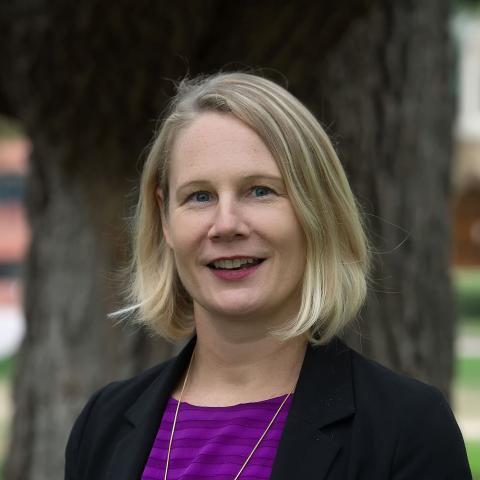The complexity of the application and enrollment process can mean that consumers fall through the cracks. One study found that only 5 percent of individuals terminated from Medicaid successfully enroll in marketplace plans. However, several of the 18 state-based marketplaces (SBMs) have integrated their Medicaid and marketplace eligibility and enrollment systems and may be able to provide a more streamlined experience.
Marketplaces, both federal and state-run, can play a critical communications role before and after the end of the PHE. Unlike most Medicaid agencies, the marketplaces have marketing budgets and work with navigators and brokers who understand how to “sell” the importance of insurance. These resources can be leveraged to educate Medicaid enrollees about the importance of renewing coverage if they’re still eligible and can help those terminated understand their options through the marketplace. New York’s marketplace, for instance, is using a PHE-focused communications campaign to help educate Medicaid enrollees about how to maintain coverage.
Steps SBMs Can Take to Prepare for the End of the PHE
State officials face considerable uncertainty. No one yet knows when the PHE will end, and many state Medicaid agencies have not yet decided on the timeline and process by which they will resume eligibility redeterminations and renewals. This makes planning for this unprecedented transition in coverage difficult. However, there are several steps the marketplaces can take now to prepare.
Expanding Consumer Support Capacity
The marketplace can use its call center and consumer assistance workforces to contact individuals terminated from Medicaid and provide information about coverage options. Simply reminding people of the need to apply for new coverage — and the limited time window for doing so — has been shown to increase enrollment numbers. This will be particularly important for Black and Latino/a enrollees, who are disproportionately affected by Medicaid terminations. At the same time, the marketplaces need to prepare for an increase in incoming consumer calls and requests for assistance. Massachusetts, for example, increased its 2022 navigator budget in anticipation of the increased demand for assistance.
Reducing Enrollment “Friction”
There is considerable evidence that the time and effort required for consumers to apply for and select health plans serve as barriers to enrollment. California’s SBM, Covered California, will soon roll out a program to automatically enroll individuals who lose Medicaid coverage into zero-premium marketplace plans, although people must consent to enrollment. Massachusetts and Rhode Island are exploring similar programs. There are other strategies to streamline the transition process, short of full autoenrollment, including using internal and external data sources to prepopulate consumers’ applications and conducting preliminary eligibility determinations.
Looking Ahead
The end of the public health emergency and Medicaid’s continuous coverage requirement pose tremendous challenges for federal and state-level officials. Historic gains in health insurance coverage could quickly be wiped out. However, early planning, coordination between Medicaid and the marketplaces, investments in communications and consumer support infrastructure, and greater automation of the eligibility and enrollment process could significantly reduce that risk.






